Edward de Bono – CoRT thinking lessons
$39.00
Product Include:[1 CD – multiple HTM, DOC, PDF, TXT, GIF files + english and spanish version]
File size:277.10 MB
Edward de Bono – CoRT thinking lessons
**More information:
Get Edward de Bono – CoRT thinking lessons at Salaedu.com
Description
Edward de Bono – CoRT thinking lessons [1 CD – multiple HTM, DOC, PDF, TXT, GIF files + english and spanish version]
Edward de Bono studied at St Edward’s College in Malta and gained a medical degree from the University of Malta. He was a Rhodes Scholar at Christ Church, Oxford where he gained an M.A. degree in psychology and physiology. He also has a Ph.D. degree and a D.Phil. degree in Medicine from Cambridge University, a D.Des. degree (Doctor of Design) from the Royal Melbourne Institute of Technology, and an LL.D. degree from the University of Dundee. He holds professorships at the Universities of Malta, Pretoria, Dublin City University, and the University of Central England. The New University of Advancing Technology in Phoenix AZ appointed Dr. de Bono Da Vinci Professor of Thinking in May 2005. He was appointed European Union ambassador for thinking for the Year of Creativity in 2009.
He has written “82 books with translations into 41 languages”. He has spent the last 30 years teaching thinking, including working with governments, corporations, organisations and individuals, speaking publicly or privately on many matters. De Bono’s work has become particularly popular in the sphere of business – perhaps because of the perceived need to restructure corporations, to allow more flexible working practices and to innovate in products and services. The methods have migrated into corporate training courses designed to help employees and executives think outside the box.In 1969 de Bono founded the Cognitive Research Trust (CoRT) which continues to produce and promote material based on his ideas.
* CoRT thinking lessonsThe CoRT thinking lessons by Edward de Bono are now available on CD. The lessons have been formatted so that they can be used in schools, families, thinking clubs and by individuals with minor adaptation.
The programme was designed for schools and is now widely in use throughout the world: Australia, Canada New Zealand, Japan, Malaysia, Malta, Singapore, South Africa, Italy, UK, Ireland, U.S.A. Venezuela, Philippines, Russia etc.
Research has been done by Michele de Bene at the University of Verona, Professor John Edwards at James Cook University, Australia and research is ongoing by Sandra Dingli at the University of Malta in collaboration with a team of teacher-researchers from the Department of Education in Malta. There is a specific conference room on my web site for teachers to discuss their experiences (www.edwdebono.com).
The majority of mistakes in ordinary thinking (outside technical matters) are mistakes in perception. Our traditional emphasis on logic does little for perception. If the perception is inadequate no amount of excellence in logic will make up for that deficiency.
Perception is a matter of directing attention. If you are not looking in the right direction it does not matter how clever you are, you will not see what you need to see.
The terms ‘right’ and ‘left’ are spatial directions. North, south, east, west are also spatial directions. You can ask someone to ‘look left’ or to ‘look south.’ That instruction indicates a ‘direction.’ You look in that direction and see what you see.
The CoRT programme is divided into six parts of ten lessons each. The first part deals with ‘broadening’ perception. The fourth part introduces specific creative-processes.
In the first part the ‘attention-directing tools’ include: PMI, for a systematic scan of the Plus points, the Minus points and the Interesting points; OPV, for attention to Other People’s views; C&S for a deliberate focus on the consequences and sequel of a choice or action. The acronyms are necessary in order for the ‘instruction’ to exist in the mind as an ‘operating concept’. Mere attitudes have no identity. These very simple tools are very powerful in their effect and can totally change initial judgements and perceptions.
The programme has been in use since 1972 with different cultures, ages and abilities. It has been used in Gifted Education programmes and also with Down’s Syndrome Children (by Susan Mackie). I myself have taught some of the tools to 5,300 children from all sorts of schools, one morning in a sports stadium in Johannesburg and to 2,400 school children one morning in Malta.
David Perkins, professor of Education at Harvard University has this to say about the CoRT programme in his book Outsmarting the IQ (NY, Free Press, 1995):’In designing for the practical teaching of thinking Edward de Bono repeatedly emphasizes the importance of robust material that can be put into place easily. This is certainly one of the features of the CoRT programme.”CoRT fairly transparently addresses the thinking defaults identified in the previous chapter: hasty, fuzzy and sprawling thinking.”
The four intelligence traps are vast; they make room for all kinds of mishaps and a diversity of sorts of thinking. Nonetheless, CoRT plainly touches on all four.
Intelligence can be taught by CoRT.
These comments are particularly relevant since it was Professor Perkin’s work which showed the huge importance of perception in thinking.
The CD includes:The complete set of 60 lessons for teachers and students
• CoRT 1 Breadth (10 lessons)Each of the lessons in CoRT 1 is designed to encourage students to broaden their thinking. In the thinking of both children and adults the dominant fault is the tendency to take too narrow a view – for example, to take up an instant-judgement position on an issue. The lessons in CoRT 1 define attention areas into which thinking can be directed looking for plus and minus points; considering all factors; consequences; aims and objectives; assessing priorities; taking other people’s views into account. By making the deliberate effort during the lessons to direct their thinking towards these areas, students can develop the habit of broadening their thinking. Research has shown that the use of these lessons can have a considerable effect in increqasing the number of aspects of a situation that are considered.
• CoRT 2 Organisation (10 Lessons) The first five lessons in CoRT 2 deal with five common thinking operations. Each of these is made the subject of deliberate attention so that students can use them in an organised manner: asking specific questions and looking for specific answers. The next five lessons deal with the overall organisation of thinking so that it can be used in a deliberate and productive manner. The intention is to treat thinking as an organised operation rather than a discursive ramble in which one thing leads to another. Some of the lessons in the second half refer to processes learned in CoRT 1 (BREADTH) but the lessons can still be used even if CoRT 1 has not been taught, by omitting references to it.
• CoRT 3 Interaction (10 Lessons) CoRT 3 deals with two-people situations. The thinker is no longer looking directly at the subject matter but at someone else’s thinking. The area is that of argument, debate, conflict, opinion, etc. The lessons provide ways of assessing evidence. They also examine the different strategies used to prove a point and the two main classes of error. Two practical procedures for helping to solve conflicts are offered in “Examine Both Sides (EBS)” and in the mapping operation called “Agreement, Disagreement, Irrelevance (ADI).” The aim of CoRT 3 is to encourage pupils to listen to what is being said and to assess its value. They are also encouraged to adopt a constructive approach to resolving arguments.
• CoRT 4 Creativity (10 Lessons) It is too often assumed that creative ideas come only from inspiration and that there is nothing else that can be done about it. CoRT 4 covers the basic creative techniques, procedures and attitudes. Creativity is treated as a normal part of thinking, involving processes that can be learned, practiced and applied in a deliberate manner. Some of the processes are concerned with the escape from imprisoning ideas. Others are concerned with the provocation of new ideas. Problem definition is an important part of creativity. So is the evaluation of suggested solutions.
• CoRT 5 Information & Feeling (10 Lessons) Information and feeling underlie all thinking. Thinking depends on information and is strongly influenced by feeling. CoRT 5 deals with information processes, such as questions, clues, guessing, belief, ready-made opinions and the misuses of information. It also deals with emotions and values. The aim of CoRT 5 is to encourage a definite awareness of these influences – not to change them. The students are also trained to recognise what information they have, what they still require and how to use information. The techniques used in each lesson are designed to develop detachment and observation.
• CoRT 6 Action (10 Lessons) In this set of ten lessons the structure takes the form of a framework. The purpose of the framework is to divide the total thinking process into definite stages, each of which can be tackled in turn. At each stage in the overall framework there is a definite thinking task to be carried out and a definite aim for the thinking. This simplifies thinking by removing the complexity and confusion. Without a framework everything tends to crowd in at once on the thinker, who tends to be overwhelmed by all the aspects of the situation. The result is that the thinker takes the easiest way out and uses a slogan, cliché or prejudice instead of thinking. The stages suggested in the framework are very simple and straightforward. At each stage the thinker concentrates on carrying out the task defined by that stage. To make the stages of the framework memorable each of them has been given an initial letter. These letters have been specially chosen so that they add up to a word that is catchy enough to be memorable. This is simply a mnemonic device. The total framework is called TEC-PISCO which stands for Target-Expand-Contract-Purpose-Input-Solutions-Choice-Operations. The choice of letters has to some extent been dictated by the need for them to add up to a pronounceable word. For example “decision” might have been more appropriate than “choice.” The CD also includes some other texts related to the CoRT programme and the “L Game” designed by De Bono for training lateral thinking. You will find both english and spanish version of all texts.
More Courses:HYPNOSIS – NLP
Outstading Courses:https://tradersoffer.forex/product/way-of-the-feminine-mystic-advanced-immersion-by-mirabai-starr/
Be the first to review “Edward de Bono – CoRT thinking lessons” Cancel reply
Related products
HYPNOSIS - NLP Courses
HYPNOSIS - NLP Courses
HYPNOSIS - NLP Courses
HYPNOSIS - NLP Courses
HYPNOSIS - NLP Courses
HYPNOSIS - NLP Courses
Tom O’Connor NLP – Task Decomposition The “Magic Power of Goal Getters”

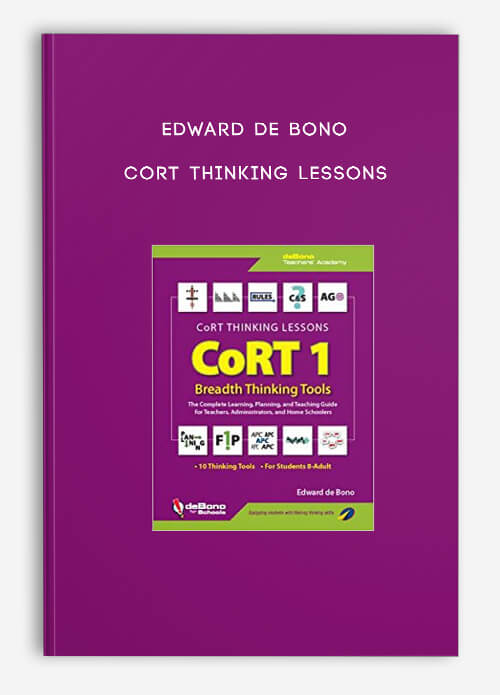
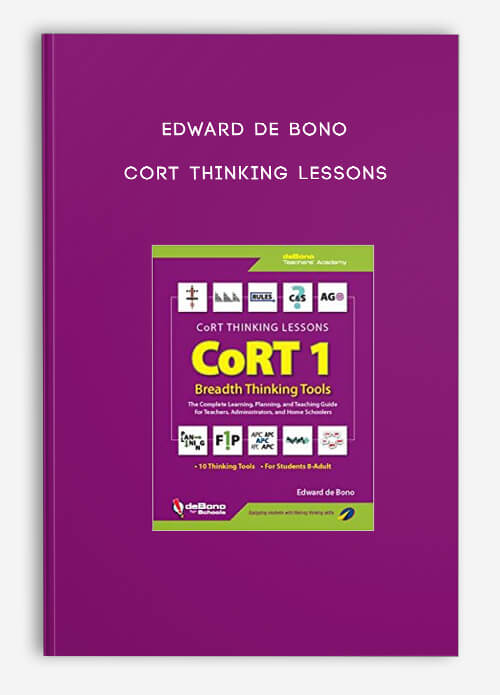
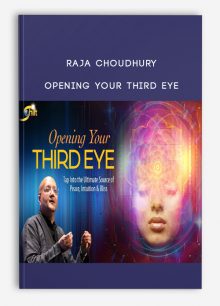
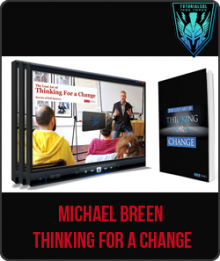

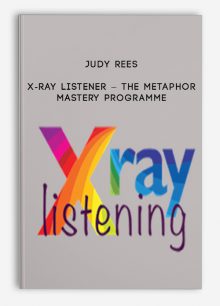
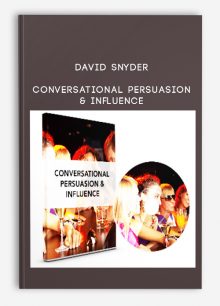
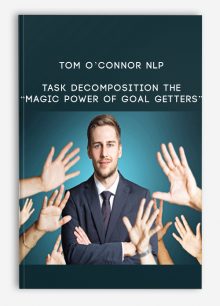

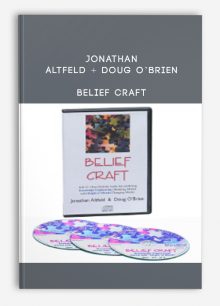
Reviews
There are no reviews yet.